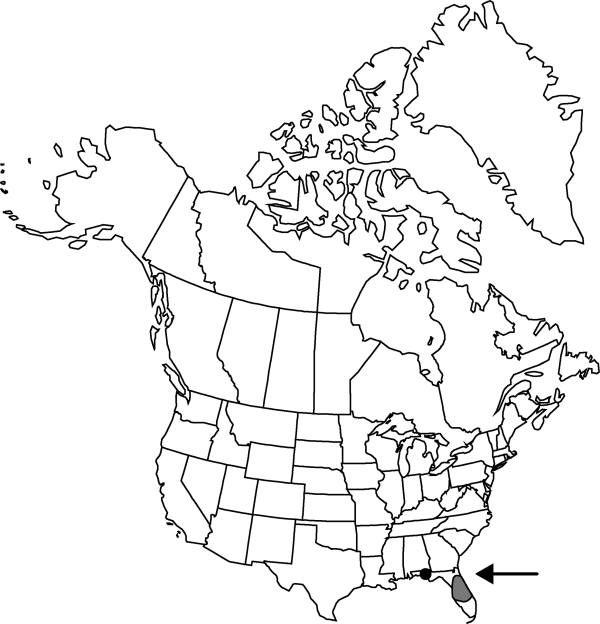Difference between revisions of "Celosia trigyna"
Mant. Pl. 2: 212. 1771.
Common names: Woolflower
Introduced
imported>Volume Importer |
imported>Volume Importer |
||
| Line 53: | Line 53: | ||
|publication year=1771 | |publication year=1771 | ||
|special status=Introduced | |special status=Introduced | ||
| − | |source xml=https:// | + | |source xml=https://bitbucket.org/aafc-mbb/fna-data-curation/src/2e0870ddd59836b60bcf96646a41e87ea5a5943a/coarse_grained_fna_xml/V4/V4_803.xml |
|genus=Celosia | |genus=Celosia | ||
|species=Celosia trigyna | |species=Celosia trigyna | ||
Latest revision as of 23:00, 5 November 2020
Herbs, annual. Stems erect or straggling, 0.5–1 m, glabrous. Leaves: petiole elongate, to 6 cm; blade unlobed, lanceolate or ovate, to 3–11 × 1–6 cm, base tapering, apex acuminate. Inflorescences interrupted, lax spikelike panicles, units less than 10 mm diam. Flowers: tepals silvery, whitish, or tannish, 1-veined, ovate, 2–3 mm, membranous, margins faintly erose, apex rounded-acute; style 0.2 mm; stigmas 3. Utricles 3–3.5 mm. Seeds 4–8, 0.7–1 mm diam., faintly reticulate. 2n = 18.
Phenology: Flowering winter.
Habitat: Edges of orange groves, wet woods
Elevation: 0-10 m
Distribution

Introduced; Fla., Africa.
Discussion
According to R. P. Wunderlin (1979), Celosia trigyna is an occasional weed introduced from tropical Africa.
Selected References
None.
Lower Taxa
None.